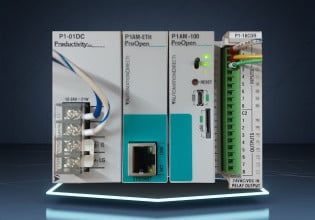Hello everyone
I have some questions regarding voltage control at the level of power plants. Please let me know if anyone has any information about this.
1- How is voltage control done in power plants? Does this happen only by excitation control or voltage regulation, or by changing the tap of the transformer, or by synchronous condenser?
2- In the issue of voltage control in power plants, which is the priority between changing the reactive power of the power plant and changing the tap of the power plant transformer?
Thanks
I have some questions regarding voltage control at the level of power plants. Please let me know if anyone has any information about this.
1- How is voltage control done in power plants? Does this happen only by excitation control or voltage regulation, or by changing the tap of the transformer, or by synchronous condenser?
2- In the issue of voltage control in power plants, which is the priority between changing the reactive power of the power plant and changing the tap of the power plant transformer?
Thanks






